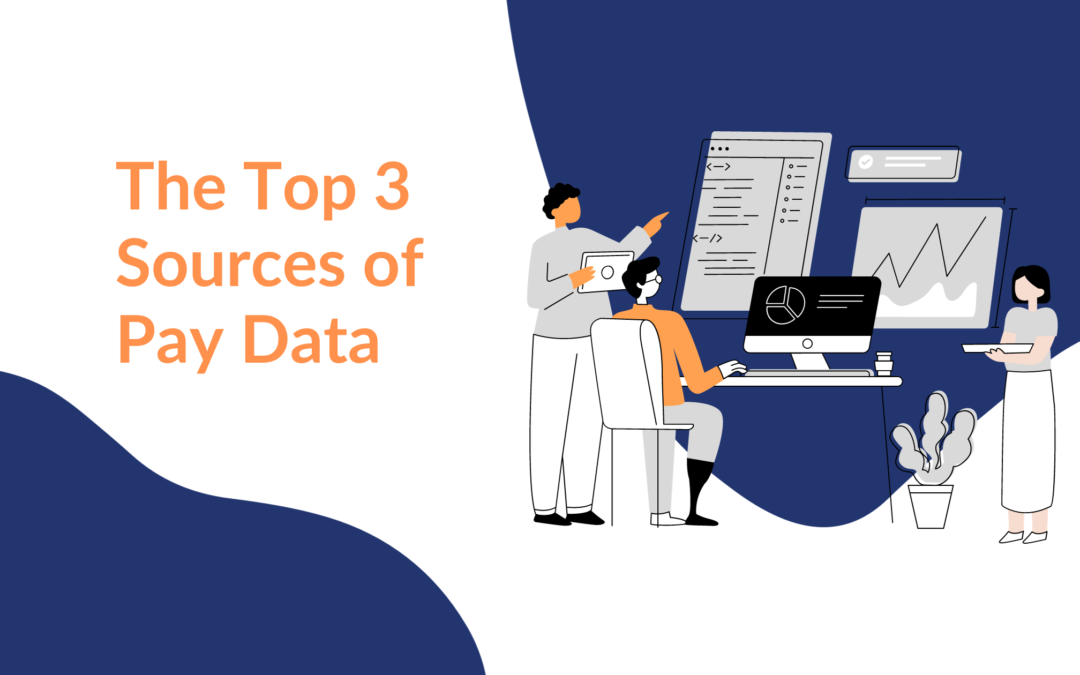Pay data is one of the most useful tools necessary for navigating the labor market in order to find the perfect candidate to fill an open role. According to a CEB Analytics study, solid HR analytics can improve talent outcomes by 12%. Although pay data collection is a great solution, it is time-consuming work that many HR teams don’t have the manpower to execute. When it comes to pay data, there can be an overwhelming amount of information to process, so which source is the best to utilize? Learn more below.
Salary Surveys
A salary survey is a research study that analyzes data on wages and salaries. This helps employers and employees better understand what different jobs in different markets pay, and to help identify trends in salaries. Gathering this information organically can be exhausting and time-consuming. In order to execute a proper salary survey there is a specific set of tasks to complete in order to get a proper dataset, such as:
- Selecting participants
- Criteria requirements for participants
- Contacting participants
- Survey distribution
- Data collection
- Coding responses
- Following up
- Analyzing and presenting data
- Making an informed decisions based on results
Internal Teams Research
Another effective way to understand pay data is to task your internal teams with their own research. Maybe they conduct an internal or external salary survey, or they can look at salary trends via internet articles, sourced studies, or the current labor market. Based on the results compiled from their sources, they can determine what is the best salary for open roles in your organization.
Real-Time Pay Database
The most useful way to understand compensation trends through pay data is to utilize a real-time pay database. To stay competitive and make the most educated decisions, you need real-time data. Traditional salary surveys and lagged data simply can’t cope with a hyper-competitive labor market. With WageScape, our comprehensive data platform gives you the power to track exacting compensation analytics without the tedium of mining data on your own. Some features of this amazing pay-data platform allow you to:
- Align pay with market demand
- Negotiate counter-offers
- Perform compensation cost analysis and review
- Compare benefits offerings
- Salaries (full-time vs. part-time)
- Pay equity monitoring (gender, ethnicity, age, tenure, etc.)
No matter how you get your pay-data, know that WageScape offers the only source of next-generation compensation intelligence designed to provide the insights needed in today’s fast-moving labor market. WageScape is the only source of pay intelligence that’s forward-looking, so you see where pay is going – not just where it’s been. And, its easy to use interface allows you to start gaining insights in minutes. Learn more about how WageScape can change the way you receive your pay data now.


Recent Comments